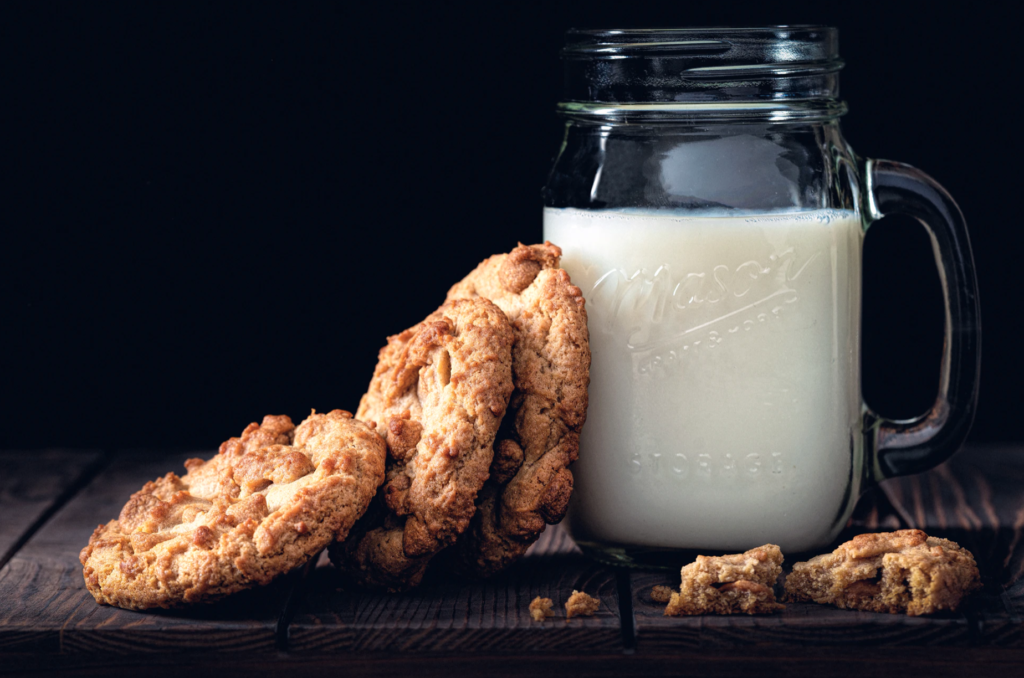Food Science Microscopy Uses and Techniques

Food science is a fascinating field. It combines physical, chemical, and biochemical sciences into one exquisite dish: the study of foods! There are several uses for food science. Product developers might want to understand what makes something taste better. Distributors might be interested in what causes food to deteriorate and how to slow the process. Even before food hits the shelves, agricultural scientists are studying crops in order to understand their produce at a molecular level. Thanks to food science microscopy, we have access to deep insights into our everyday snacks and meals.
What are some uses of food science microscopy?
There are several practical applications of food science microscopy. Microscopy may be used to analyze food particles, such as milk powder, to analyze their quality and structure. Quality assurance specialists will often use microscopes to analyze food microbiology or pathogens.
Something special to food science is that the preparation process often changes the physical and chemical structure greatly. For example, while bread is made from grain, the structure and composition of bread is vastly different from grain to grain. Depending on the purpose, different imaging techniques may be leveraged. Some applications might call for a simple visual inspection while other might involve complicated Transmission Electron Microscopy (TEM) and Scanning Electron Microscopy (SEM).
One such application of advanced imaging techniques involves the Pacific oyster. Food scientists wanted to understand what the best method of preservation would be: spray drying or freeze drying. SEM showed that spray drying created smaller and more uniform polysaccharide particles, while freeze-drying and rotary evaporation drying led to oval shapes and smooth surface topography. This led to the conclusion that spray drying was the recommended method for producing polysaccharides.
Another practical application of food science microscopy involves the study of bananas. With a more allergy-conscious population, many are seeking an appropriate substitute for commercially-available starches. SEM was used to analyze starch samples from bananas and revealed elongated, spheroid and oval grains. This verified that, indeed, bananas could be the perfect substitute for allergy-conscious consumers.
What imaging techniques are used in food science microscopy?
Here are several optical microscopy approaches as described by the Institute of Food Science and Technology.
Brightfield
Brightfield illumination employs an axial cone of light from the condenser, which is transmitted through the specimen and is commonly based on Köhler illumination. This technique is useful for high contrast specimens, for example in coloured food particles. Stains or dyes may be used to impart colour to the specimen. Typical food stains for food products include Iodine/potassium iodide to stain starch, toluidine blue to stain proteins and polysaccharides and Sudan Red to stain lipids.
Polarised light

A polarised light microscope consists of two polarising plates arranged perpendicularly, one below the condenser (the polariser) and a second above the objective (the analyser). If the sample is isotropic, incident polarised light is not rotated, and no light is transmitted. If the polarised light passes through an anisotropic substance, such as a lactose crystal, part of the light is rotated and passes through an analyser appearing bright (birefringence). Polarized light microscopy is very useful for characterizing starch gelatinization or crystallization, such as lactose crystallization in spray dried milk powders.
Differential interference contrast
This technique requires the addition of specialised optical elements to a basic light microscope setup but gives excellent results and has superseded phase contrast for studying transparent materials. A polariser and prism are located above and below the specimen, respectively and differences in refractive index are visualised in relief. This technique is particularly useful for studying fat droplets in milk or phase separation in transparent/translucent systems, such as ice cream mix.
The applications of food science microscopy are vast and touch every aspect of our lives. The field continues to grow and new applications arise each year. Ready to get started with applications of your own? Just reach out to us!

